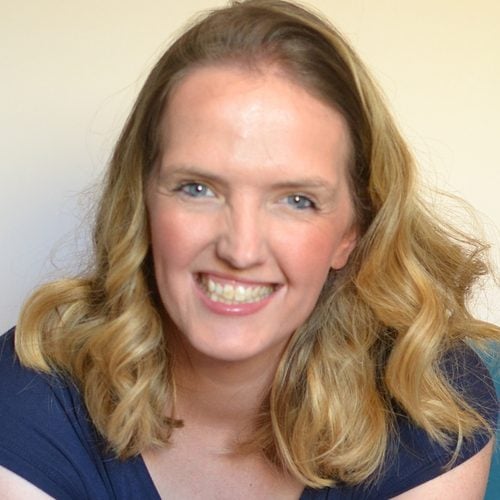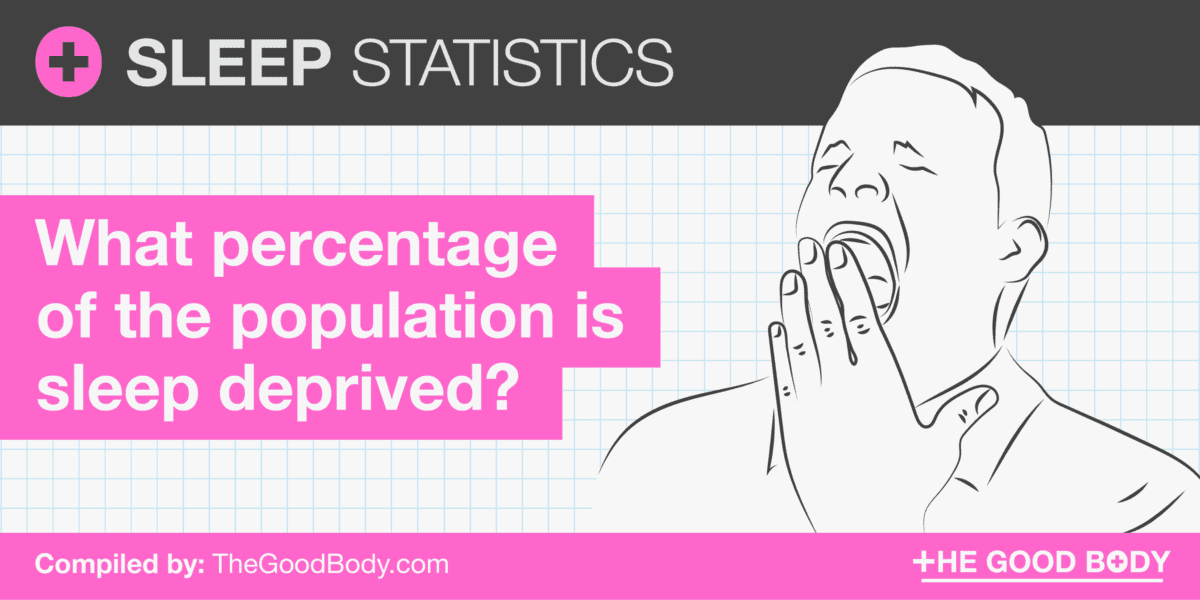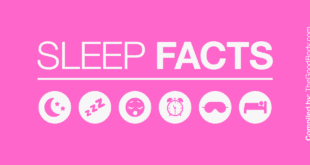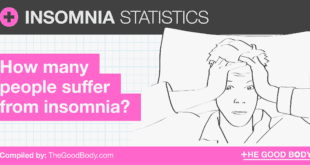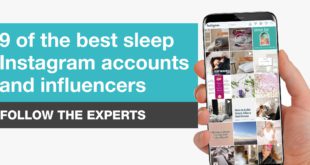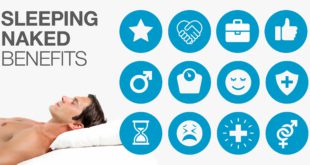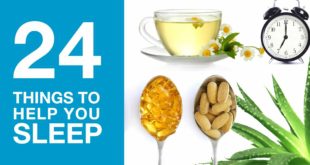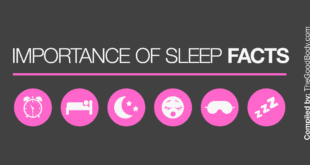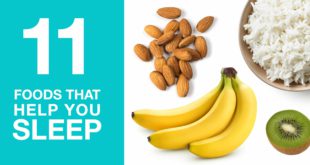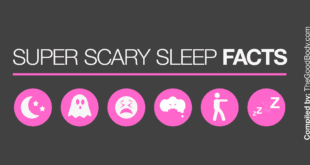Sleep Statistics (Top Picks)
- 35% of the US population get less than the recommended seven hours of sleep each night.
- The US economy loses $411 billion annually due to sleep deprivation.
- Up to 70 million adults in the US have a sleep disorder.
- Between 25% and 50% of children suffer from a sleep condition at some point.
- Only 3% of teenagers get the recommended 8-10 hours of sleep each night.
- Up to 60% of college students are not getting the recommended amount of sleep.
- 62% of people around the globe have problems with sleep.
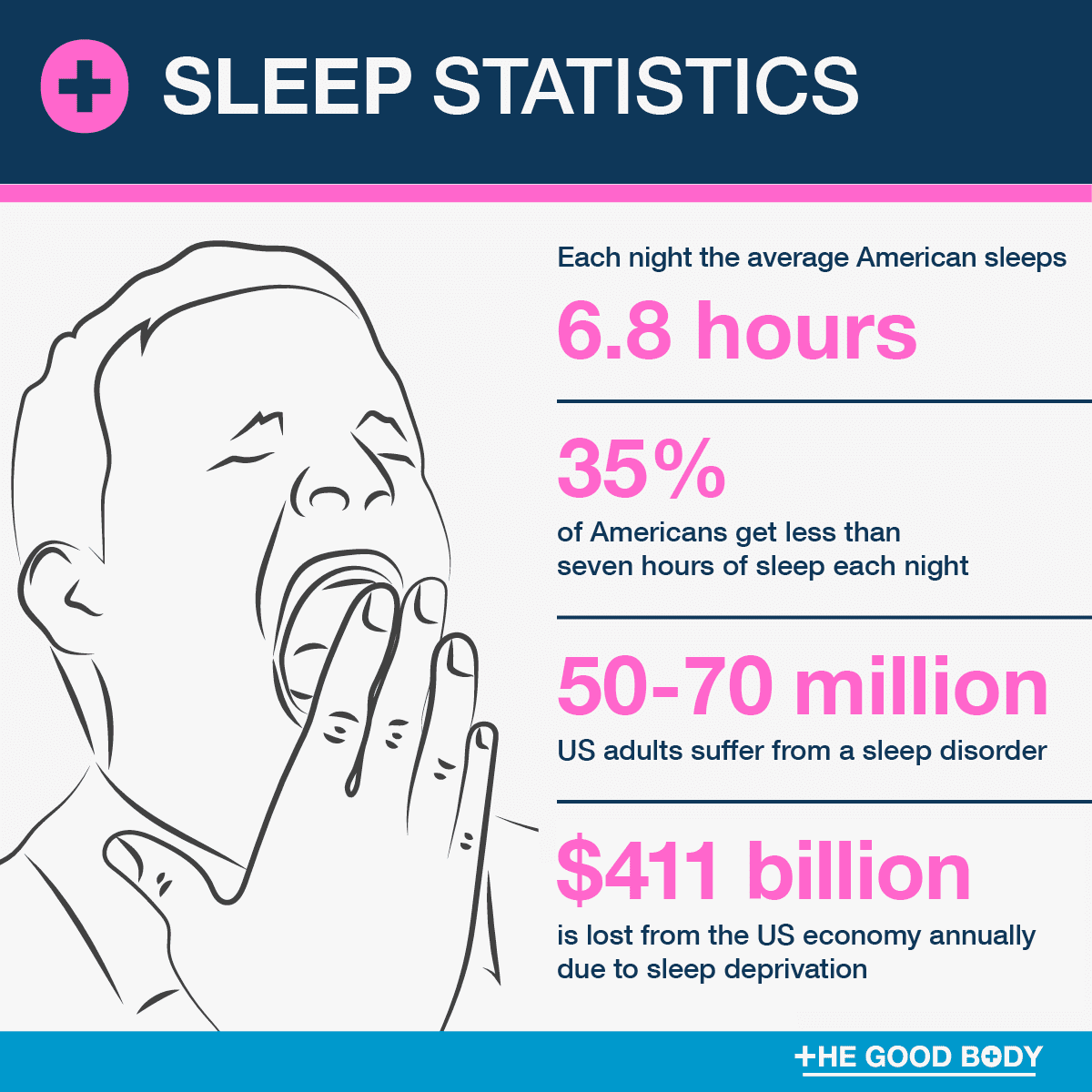
Sleep Deprivation Statistics
What percentage of the population is sleep deprived?
Studies show that 35% of Americans get less than the recommended seven hours of sleep each night.
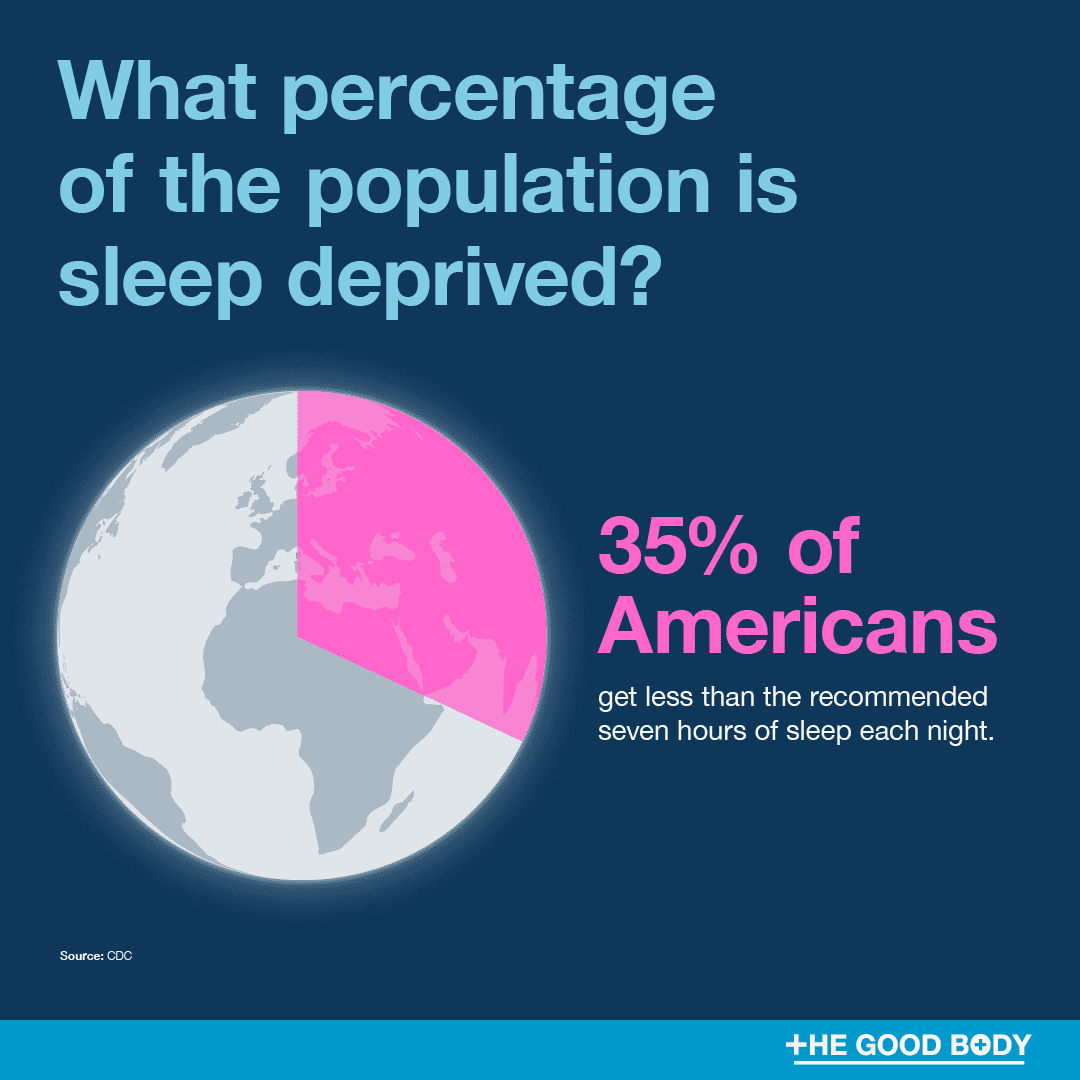
The situation has become serious enough for the Centers for Disease Control and Prevention (CDC) to declare insufficient sleep a ‘public health problem’.
According to findings from a Gallup poll, Americans currently get an average of 6.8 hours of sleep each night.
Since 1985 the percentage of adults getting less than six hours sleep has increased by 31%.
Compare this with 1942, and we can see that more than 80% of people were getting between seven and nine hours.
Which age group gets the least amount of sleep?
Teenagers get the least amount of sleep, with 97% getting less than the recommended amount each night.
In terms of those over 18, adults aged between 45-54 years old are the age group that don’t get enough sleep.
| AGE GROUP | % NOT GETTING ENOUGH SLEEP |
|---|---|
| 18-24 years old | 32% |
| 25-34 years old | 38% |
| 35-44 years old | 38% |
| 45-54 years old | 39% |
| 55-64 years old | 36% |
| 65+ years old | 26% |
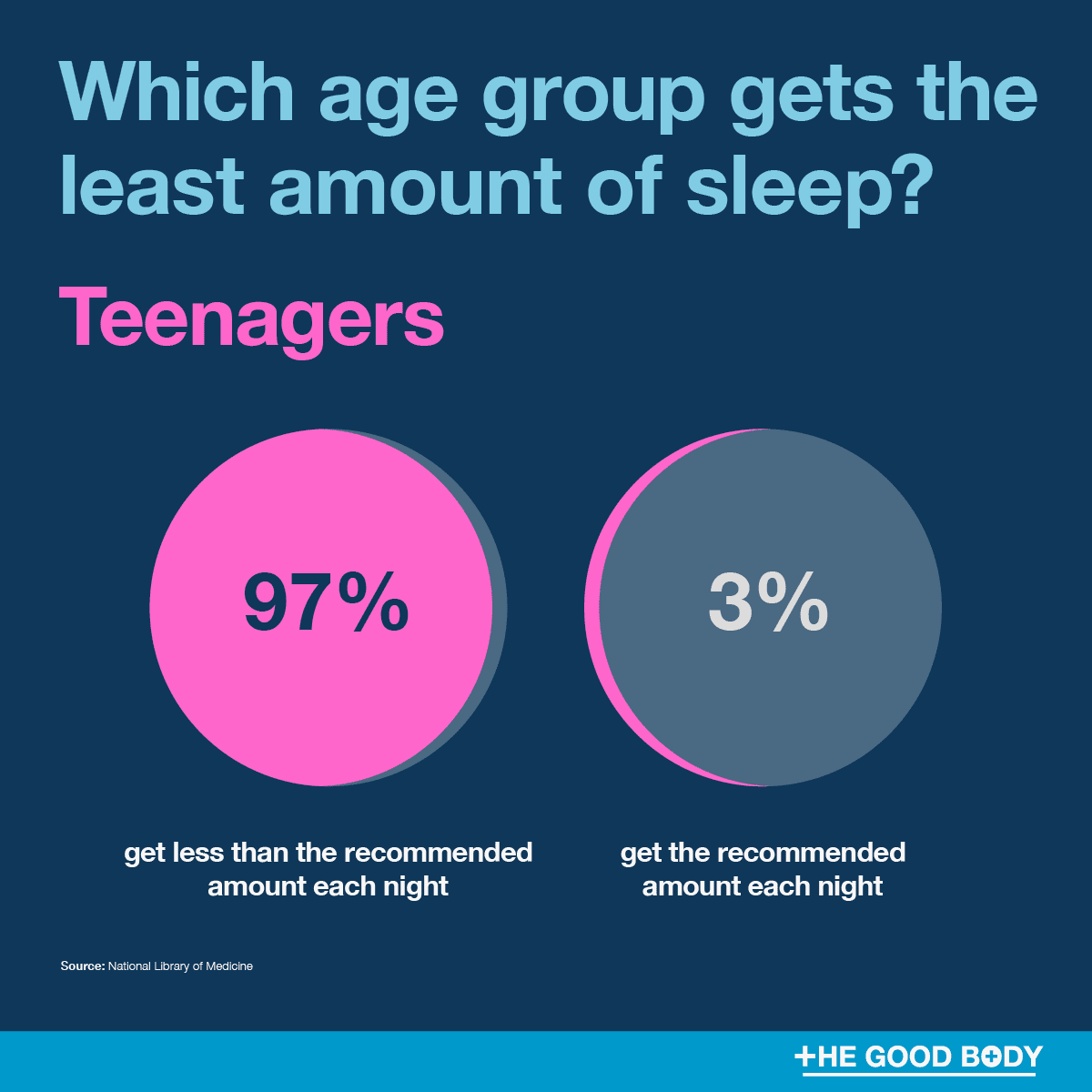
How much does sleep deprivation cost the US economy?
Sleep deprivation costs the US economy $411 billion annually.
A worldwide research project conducted by Rand Europe found that tired or absent employees had a huge impact on the economy of a country.
The findings highlighted that the United States was suffering the biggest impact, with Japan and Germany not too far behind.
Researchers also looked at how small changes could make a difference and discovered that if people slept just one extra hour per night it could add over $200 billion to the US economy.
‘Nap cafes’, like pop & rest in London, are popping up around the world. A little pod you can rent for a siesta!
What are the effects of sleep deprivation?
Chronic sleep deprivation can have a number of negative impacts on your health, including causing or worsening mental health disorders.
For example, three quarters of those who suffer from depression also suffer from a lack of sleep.
A lack of sleep can also have an impact on your weight, with up to 5% of obesity in adults and up to 13% of obesity in children linked to short sleep.
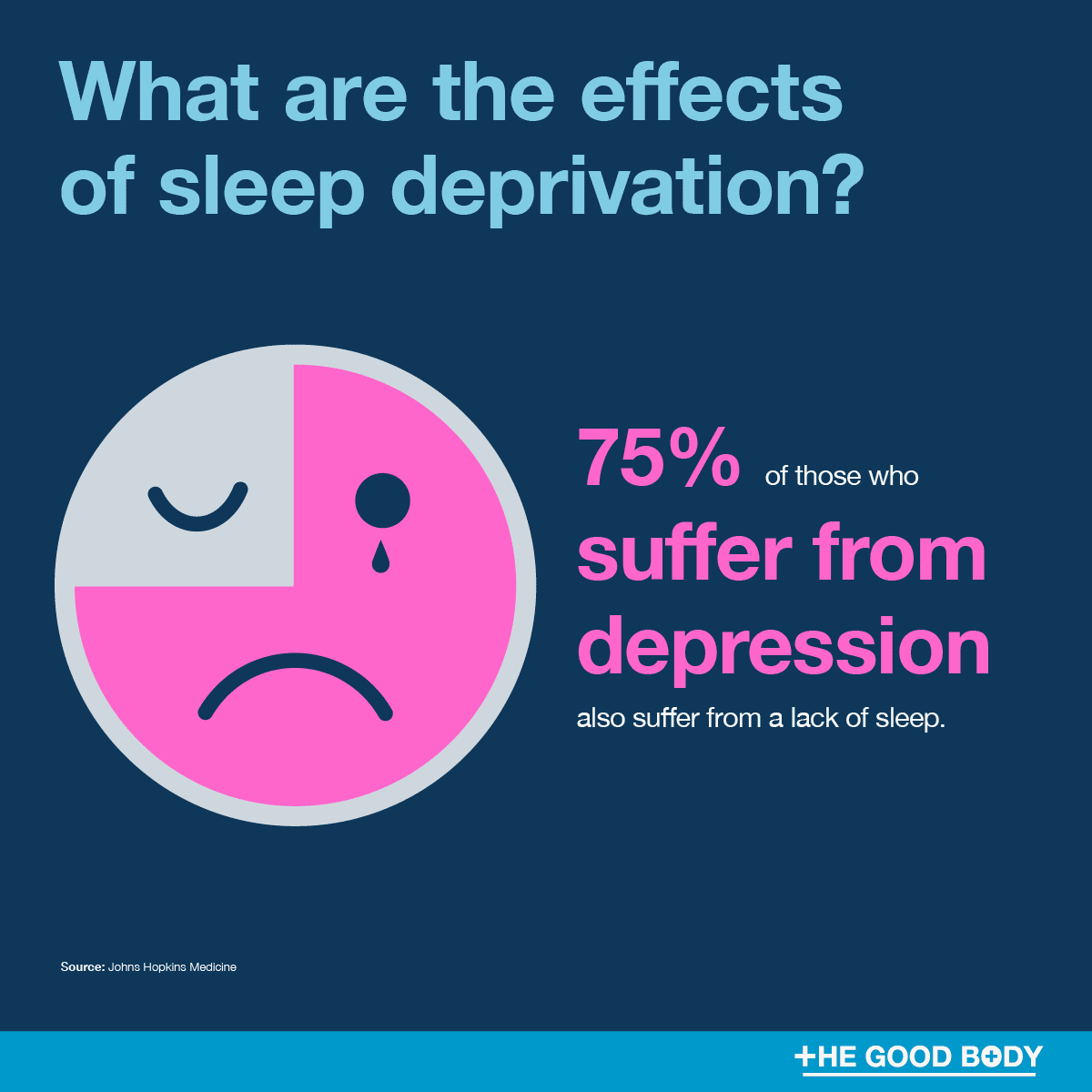
Sleep Deprivation Key Statistics:
- 1 in 3 Americans get less than the recommended amount of sleep each night.
- People in the US get an average of 6.8 hours of sleep each night.
- Since 1985 the number of adults getting less than six hours sleep has increased by 31%.
- In 1942, 80% of people were getting between seven and nine hours sleep.
- Of those over 18, adults aged between 45-54 years old get the least amount of sleep.
- Sleep deprivation costs the US economy, $411 billion annually.
- One extra hour of sleep per night, per person, could add over $200 billion to the US economy.
- Up to 5% of obesity in adults and up to 13% of obesity in children could be linked to sleep deprivation.
Sources: CDC | Sleep Research Society | CDC | Sleep Advisor | Johns Hopkins Medicine | Sleep Research Society
Sleep Disorder Statistics
How many Americans have a sleep disorder?
According to the American Sleep Association, between 50 and 70 million US adults suffer from a sleep disorder.
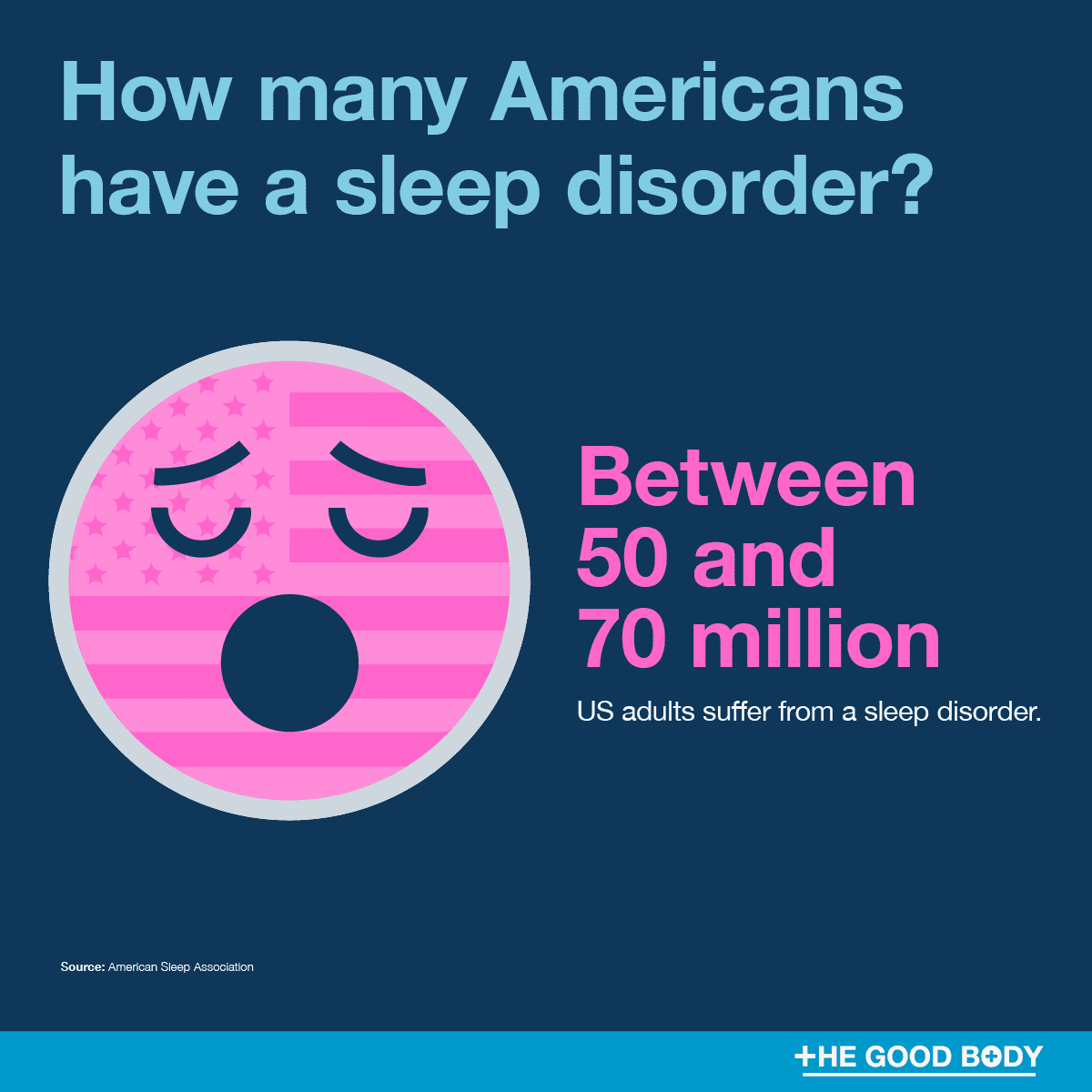
It’s estimated that 27% of adults in America have trouble sleeping most nights, according to data from Consumer Reports, which surveyed 4,023 adults.
With 68%, roughly 164 million Americans, struggling with sleep at least once a week.
Reasons for the difficultly in falling asleep included the fact that we now work longer hours, as well as the use of electronic devices before bed.
What is the most common sleep disorder?
Insomnia is the most common sleep disorder.
The latest insomnia statistics show that insomnia is so prevalent in the US, that it affects one in four adults each year.
50,000 to 100,000 patients die in US hospitals every year from medical errors, with inadequate sleep among physicians thought to be a factor.[1]
How many Americans snore?
Statistics from the Sleep Alliance report that 90 million Americans snore.
Men are more likely to snore than women. It’s also thought to be more common in people who are overweight or obese.
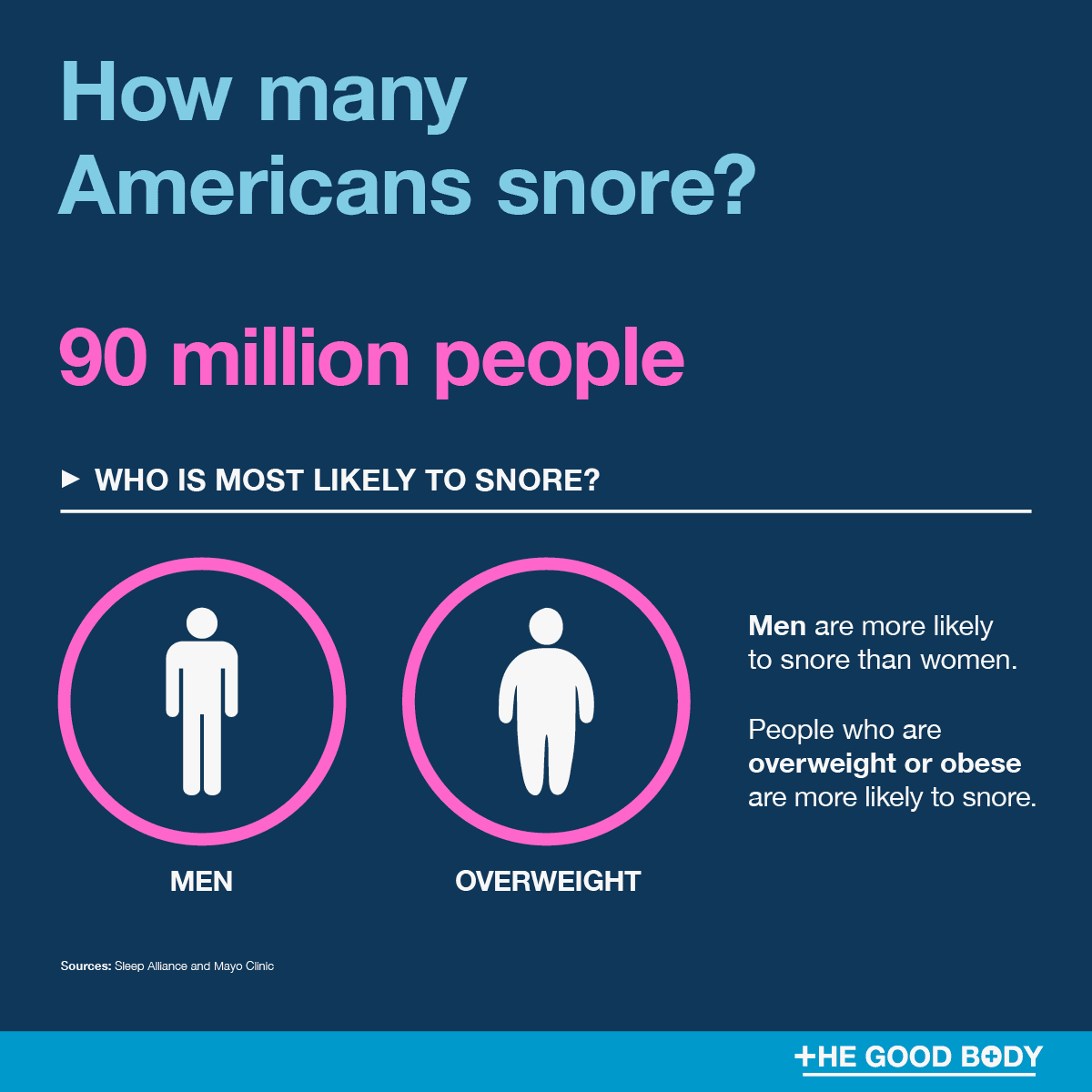
There are a number of different treatments available, with sleep labs growing in popularity across the country.
In the mid 1970s there were a handful of sleep labs providing treatment across the USA, today there are estimated to be 4,700.
The labs, such as New York Sleep Disorder Center, are run by sleep medicine doctors who monitor the heart rate, breathing and eye movements of patients for diagnosis and sleep optimization.
A recent study found that 3 in 10 Americans want a ‘sleep divorce’ from their partner, so they can move into separate beds.[2]
How many people have sleep apnea?
Data from The American Sleep Apnea Association (ASAA) estimates that 22 million Americans suffer from sleep apnea.
Due to many of the symptoms occurring while you sleep, it’s believed that 80% of cases of moderate and severe obstructive sleep apnea go undiagnosed.
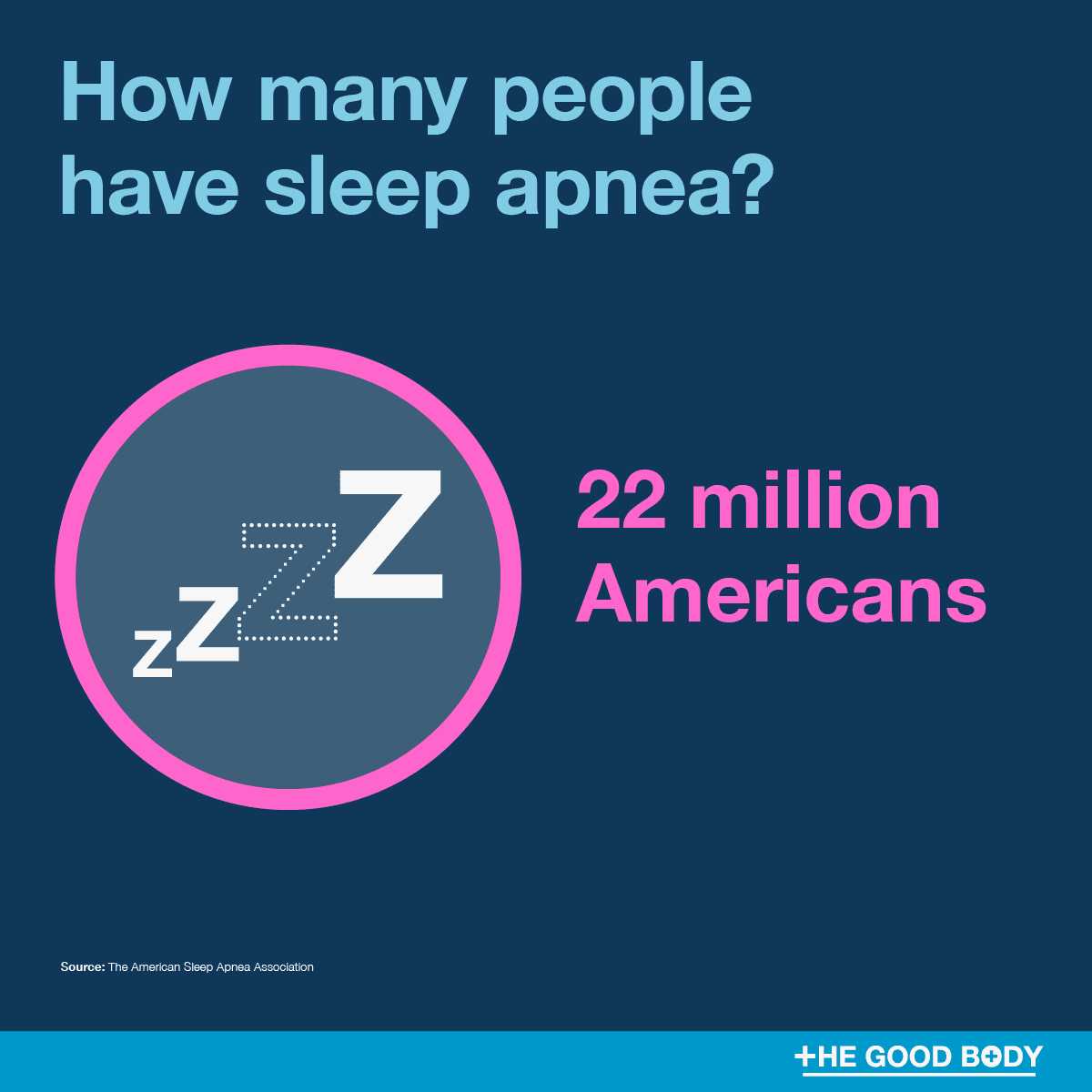
Sleep Disorder Key Statistics:
- 27% of US adults suffer from a sleep disorder.
- Over half of the US adult population struggle with sleep at least once a week.
- Insomnia is the most common sleep disorder.
- One in four adults experience insomnia each year.
- 90 million Americans snore.
- 22 million people in the US live with sleep apnea.
Sources: American Sleep Association | The Good Body | Mayo Clinic | GlobeNewswire | Sleep Alliance | The American Sleep Apnea Association
Baby and Child Sleep Statistics
How many children have sleep disorders?
The American Academy of Pediatrics report that between 25% and 50% of children suffer from a sleep disorder at some point.
What percentage of children don't get enough sleep?
52% of children, aged between 6-17 years, get less than the recommended nine hours of sleep each night.
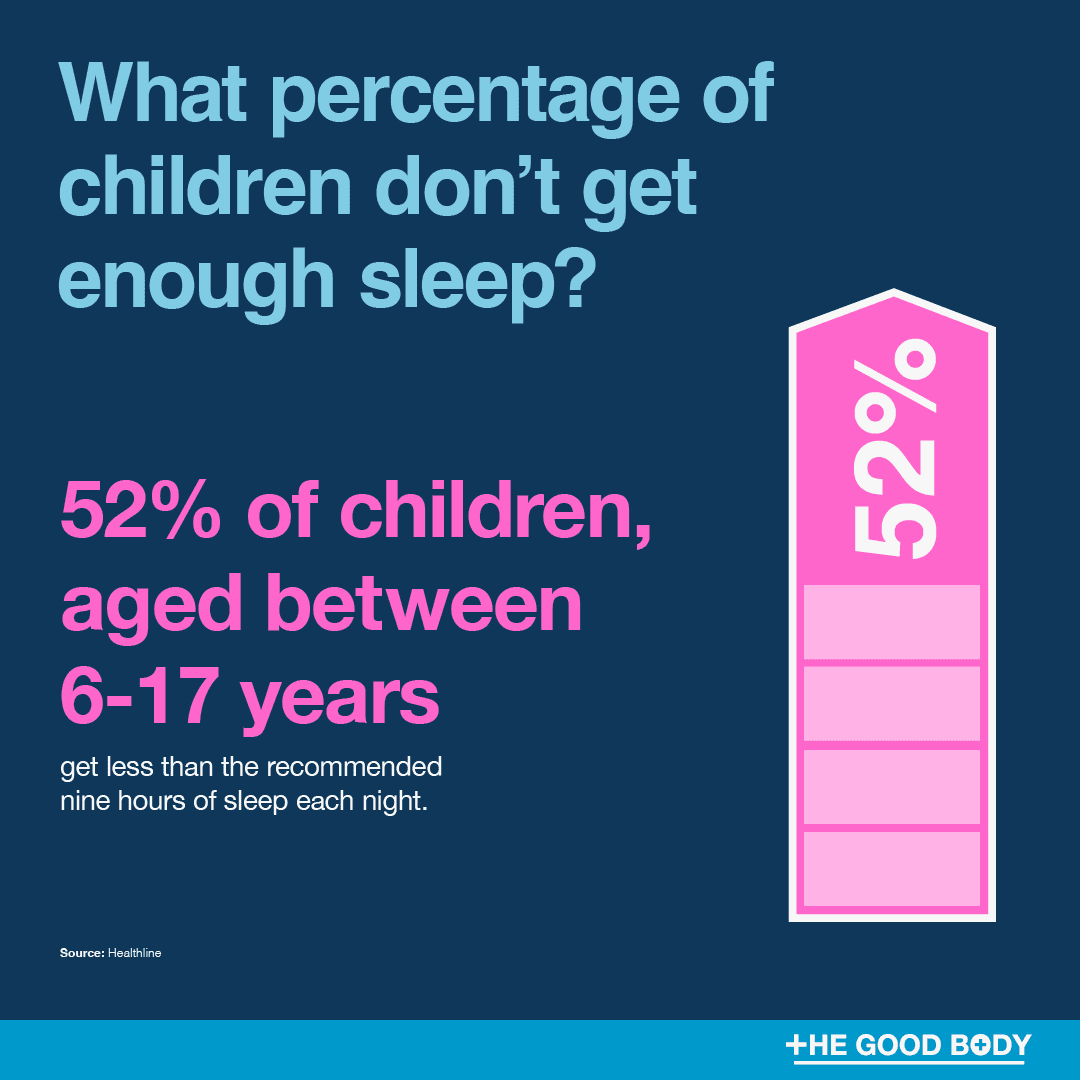
There are thought to be a number of reasons for this including stress, anxiety and an inconsistent sleep routine.
How many people co-sleep with their babies?
According to a survey from The Lullaby Trust, 76% of parents have co-slept with a baby at some point.
They also reported that 40% of parents have co-slept in dangerous circumstances such as after drinking alcohol.
How many babies have died from co-sleeping?
The CDC report that 3,400 babies in the US die from sleep-related reasons each year, including sudden infant death syndrome (SIDS) and accidental suffocation.
The number of babies dying from accidental suffocation and strangulation in bed increased 184% from 1999 to 2015.
Death by suffocation and strangulation is one of the top five causes of infant death in the US, and though it declined in the early 1990s it has steadily increased.
Unfortunately, too many many babies in this country are lost to sleep-related deaths that might be prevented. We must do more to ensure every family knows the AAP recommendations — babies should sleep on their backs, without any toys or soft bedding, and in their own crib. Parents are encouraged to share a room with the baby, but not the same bed. These strategies will help reduce the risk and protect our babies from harm.
Baby and Child Sleep Key Statistics:
- Data from The American Academy of Pediatrics reveals that that up to 50% of children suffer from a sleep disorder at some point.
- Over half of children between 6 and 17 years old get less than the recommended amount of sleep.
- 76% of parents have co-slept with their baby.
- 3,400 babies in the US die from sleep-related reasons each year, including SIDS and accidental suffocation.
Sources: American Academy of Pediatrics | Healthline | The Lullaby Trust | CDC
Teenager Sleep Statistics
How much sleep does the average teenager get?
97% of teenagers get less than the recommended 8-10 hours of sleep each night.
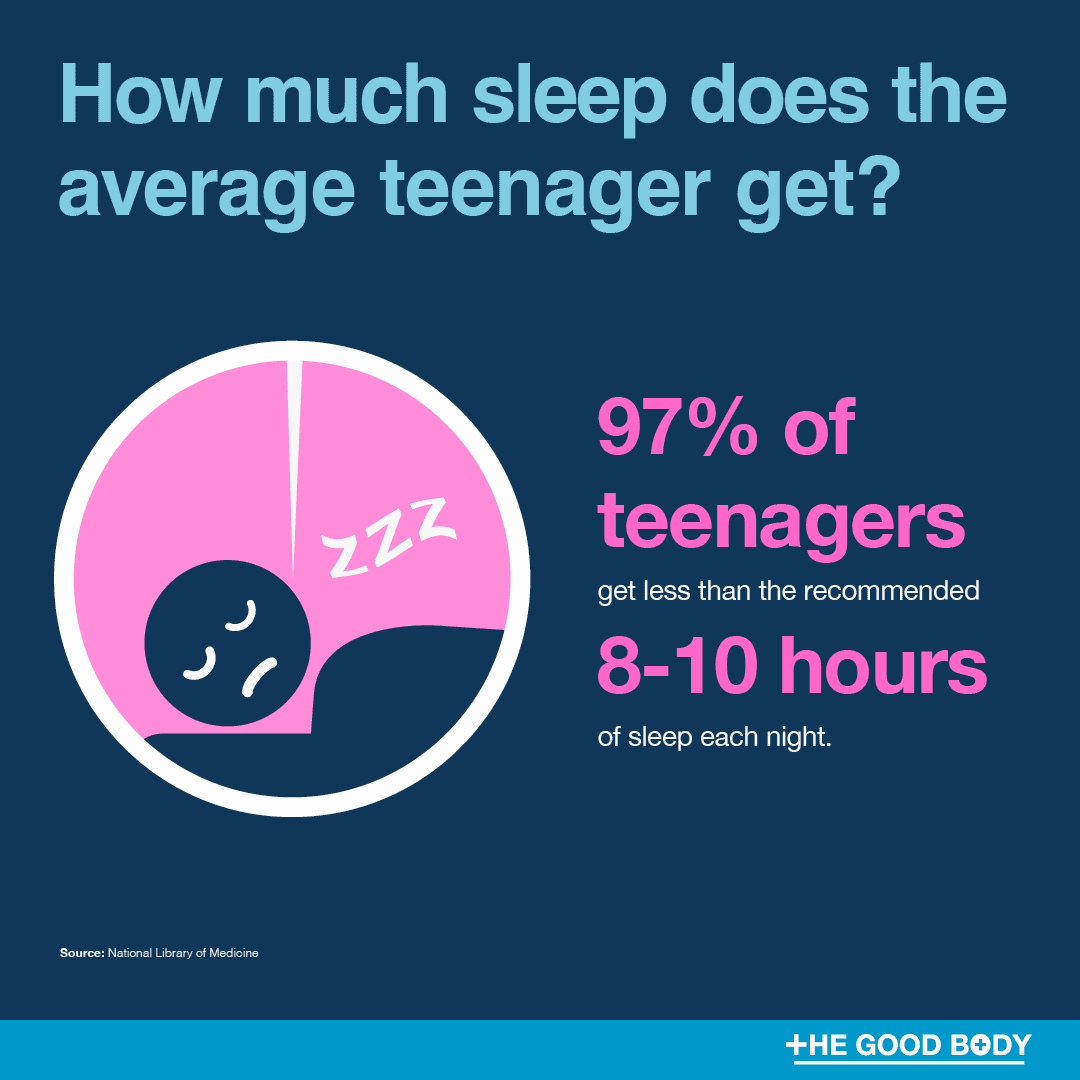
Causes of sleep deprivation among teenagers include hormonal changes that impact the body clock, using devices at bedtime and the stress of school and exams.
What are the effects of lack of sleep on the teenage brain?
A lack of sleep can have a number of effects on a developing teenage brain including memory impairment, moodiness, aggression and depression.
Research shows that every hour of sleep a teenager loses per night increases feelings of sadness and hopelessness by 38%
They also found links between a lack of sleep and an increased chance of substance abuse and suicide.
Do phones affect teens’ sleep?
Research shows the more time a teen spends on their phone during the day, the more likely they are to suffer from insomnia.
A report published by VicHealth and the Sleep Health Foundation, revealed that teens who put their phone away one hour before bed, can enjoy 21 minutes of extra sleep each night.
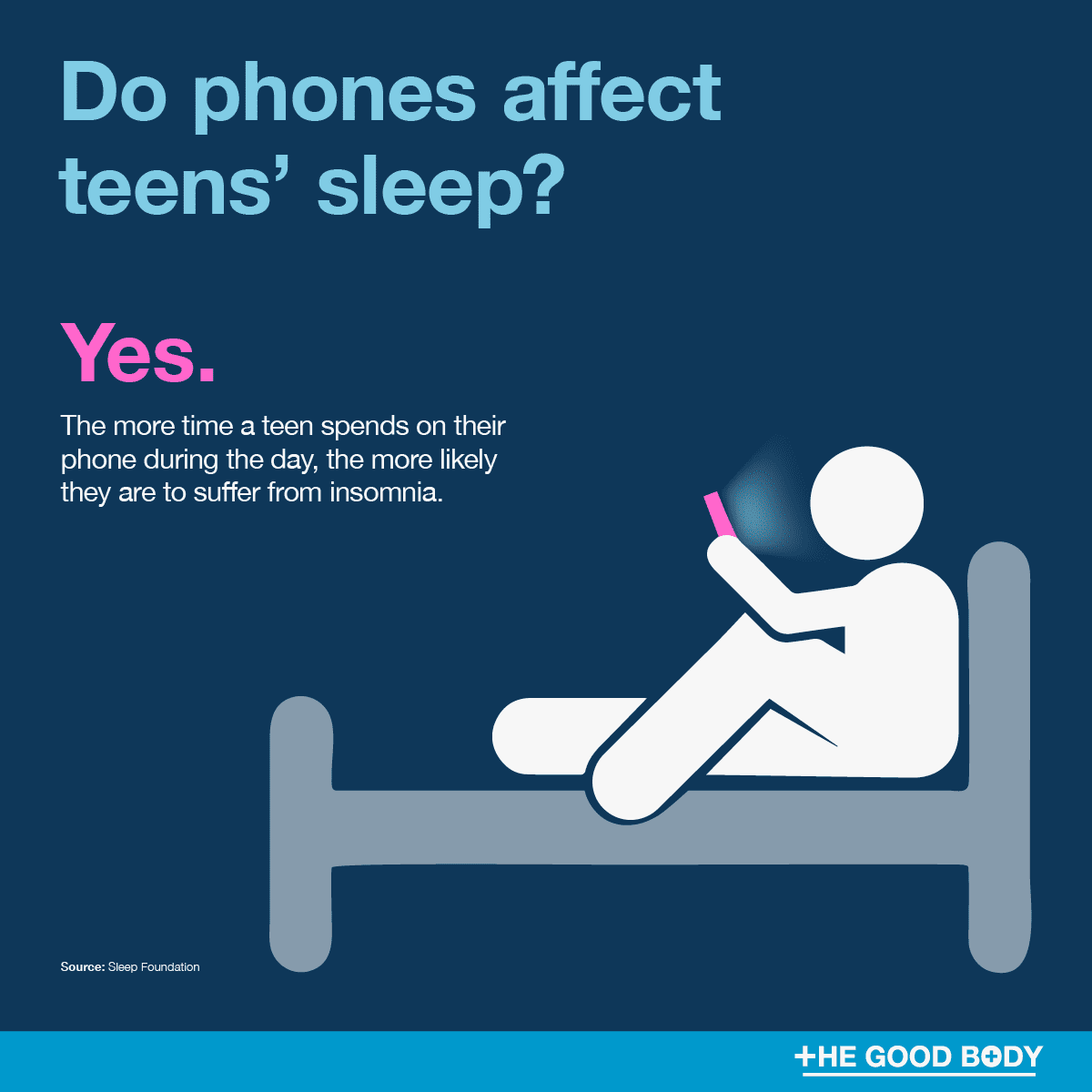
Teen Sleep Key Statistics:
- Only 3% of teenagers get the recommended amount of sleep each night.
- Teenagers who put their phone away one hour before bed, will sleep for an extra 21 minutes each night.
Sources: National Library of Medicine | Better Health Channel | VicHealth | Sleep Foundation | Scientific American
College Student Sleep Deprivation Statistics
How many college students don’t get enough sleep?
Sleep deprivation is common in college students, with up to 60% not getting the recommended amount of sleep each night.
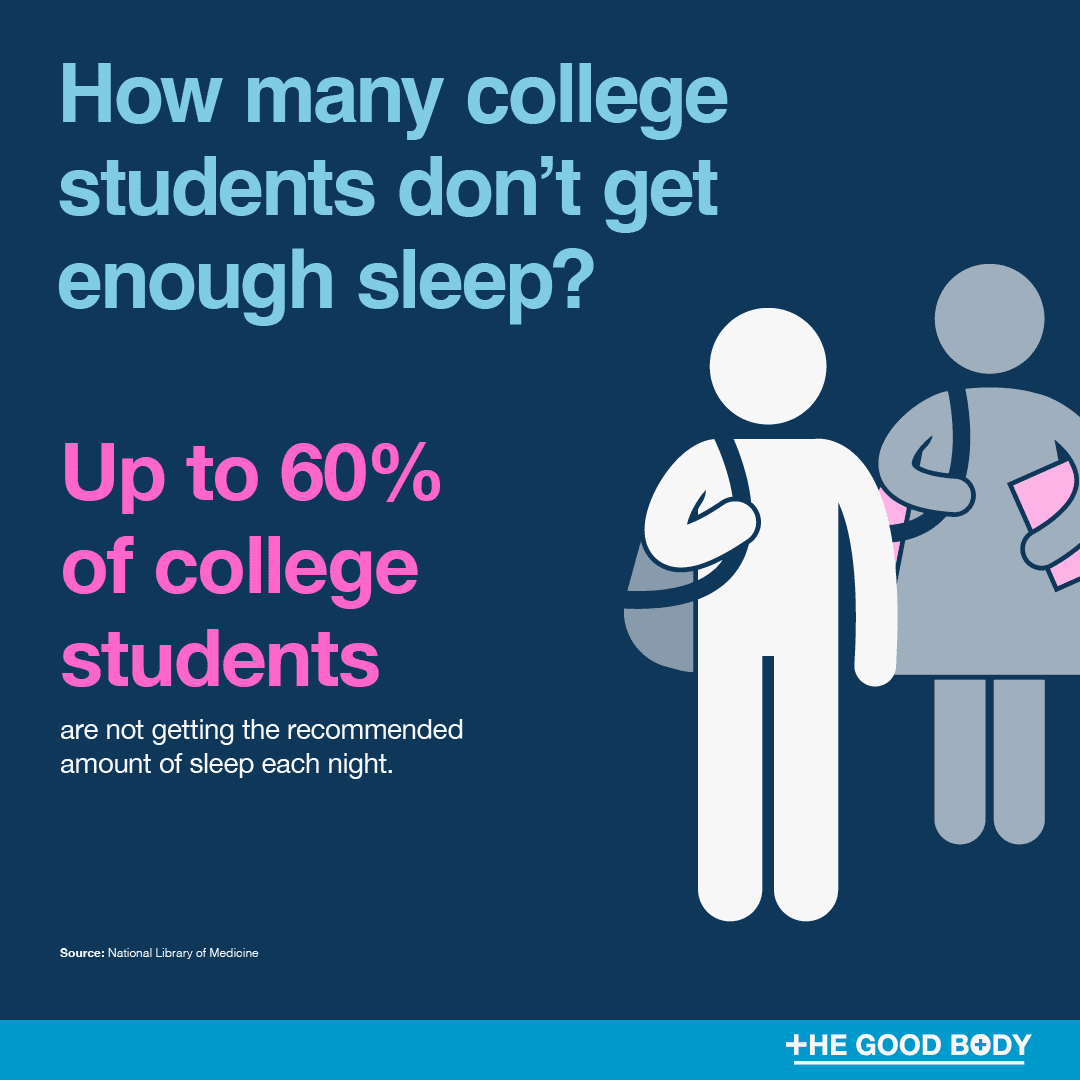
The University of Georgia estimate that most college students get just 6 – 6.9 hours sleep nightly.
What percentage of college students suffer from sleep disorders?
7.7% of college students meet all the criteria for an insomnia disorder.
Poor sleep is equal to binge drinking and marijuana use in terms of its impact on academic performance.[3]
How does a lack of sleep affect college students?
Research published in the US National Library of Medicine revealed that half of college students report daytime sleepiness leading to poorer grades.
In fact, 82% of college students believe a lack of sleep impacts their academic performance.
Researchers found that they are also more prone to suffering from depression and anxiety, and that a lack of sleep could contribute to that.
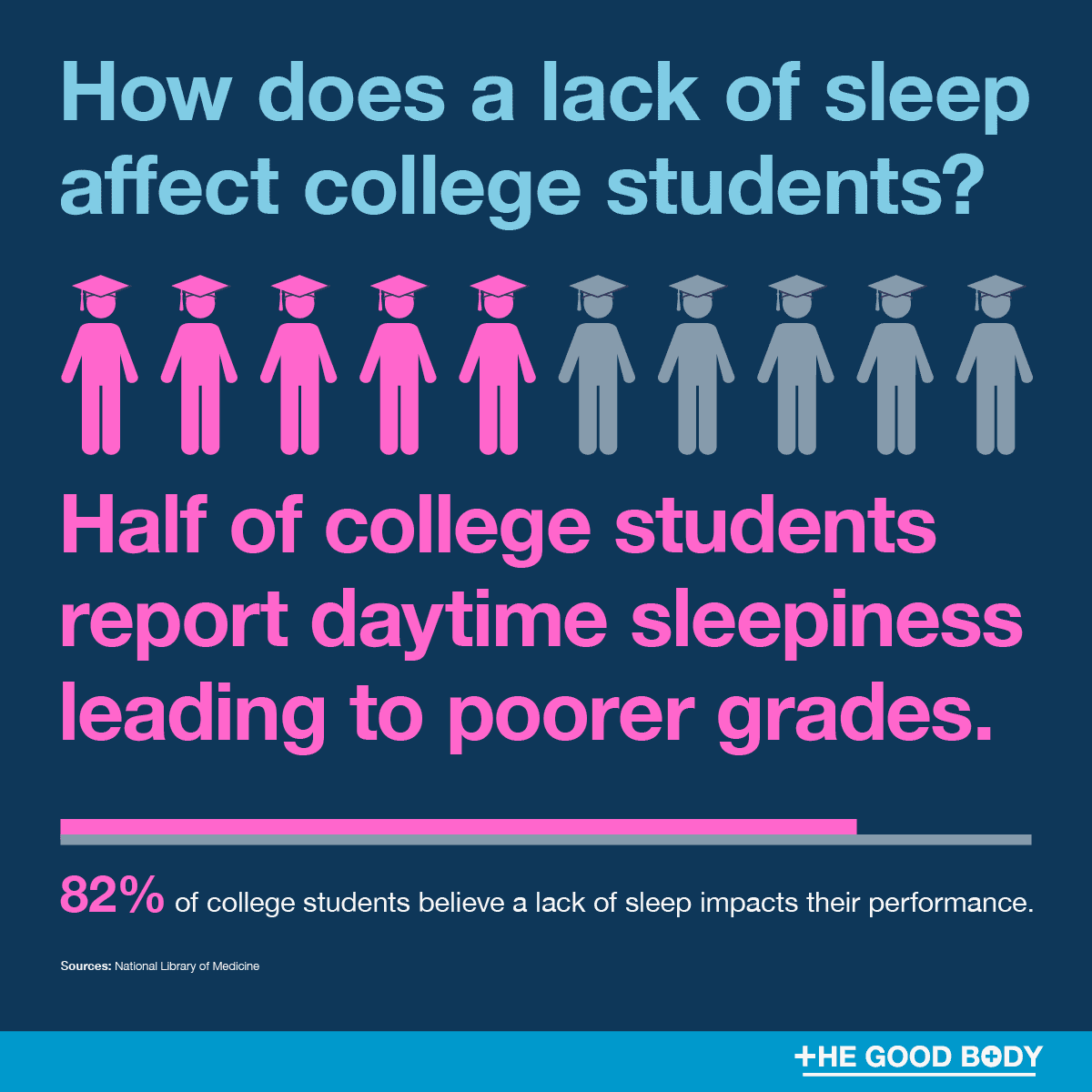
Statistics showing the importance of going to bed early highlight how getting the right number of hours each night can have a big impact on your memory and ability to learn.
College Student Sleep Deprivation Key Statistics:
- 60% of college students are not getting the recommended amount of sleep each night.
- 7.7% of college students suffer from insomnia.
- 82% of college students believe that sleep deprivation negatively impacts their academic performance.
Sources: National Library of Medicine | University of Georgia | National Library of Medicine
Sleeping Pills Statistics
How many Americans take sleep medication?
Nearly 9 million Americans take prescription sleeping pills, with 18% taking sleeping pills daily.
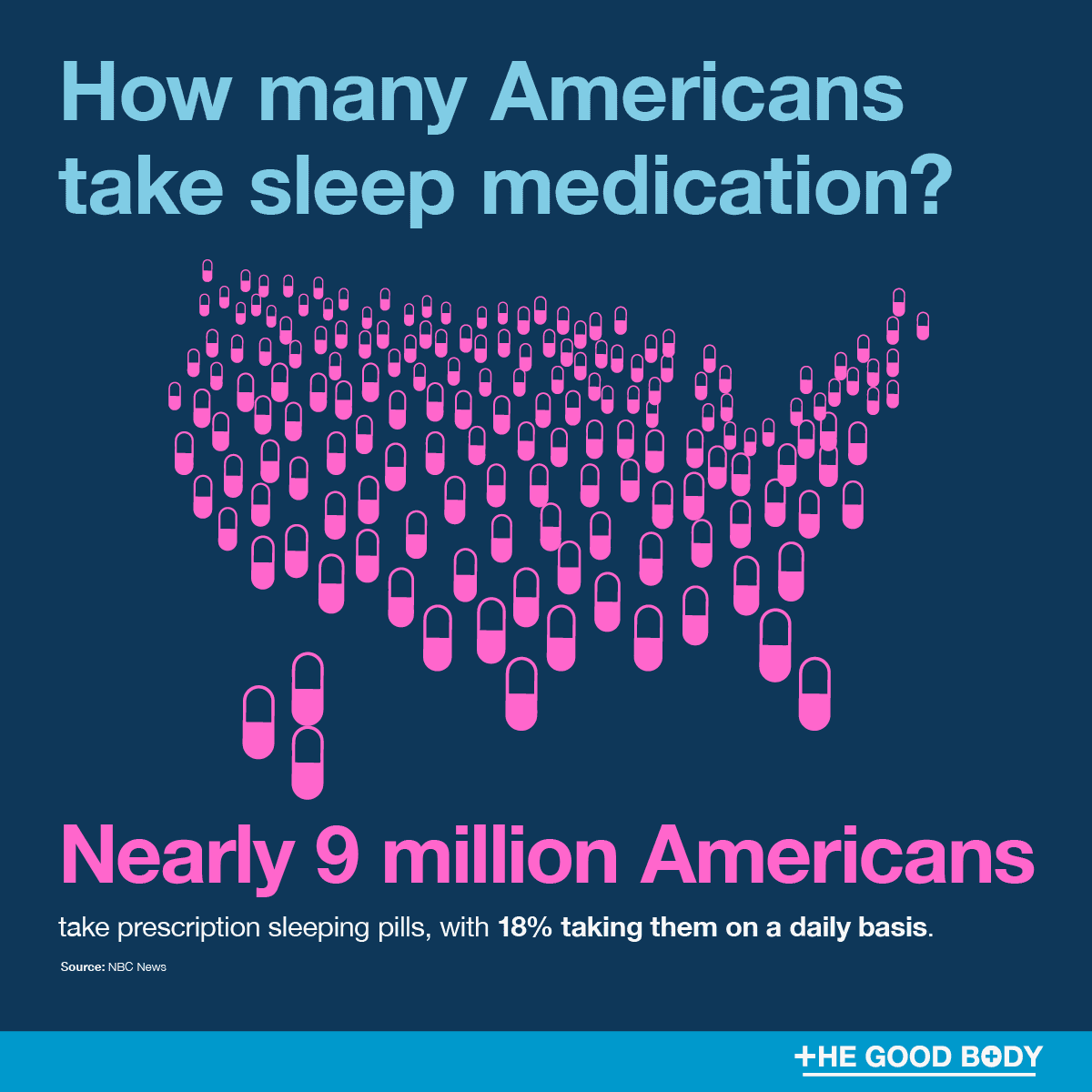
10% of Americans have ended a relationship over a sleep issue.[4]
Has the use of sleep medication increased in America?
A study published by the CDC, based on data from the National Health and Nutrition Survey, found that the prescribing of sleeping pills has increased significantly.
Since 1993, the prescribing of sleep medication has risen by over 230%, from 2.7 million!
The data compiled showed that there were patterns amongst gender and age groups, with more people over 80 using sleep aids, particularly women.
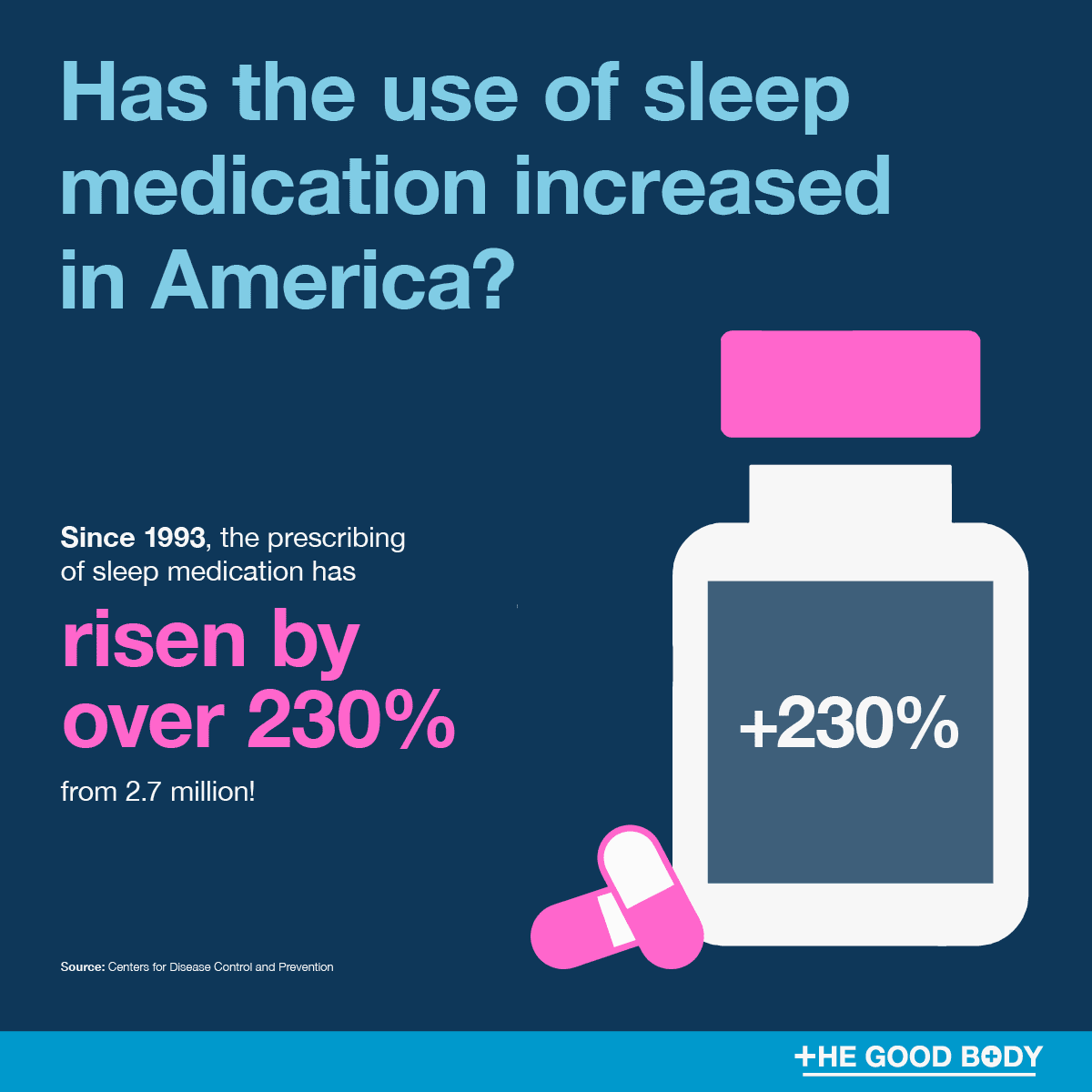
Sleeping Pills Key Statistics:
- 9 million Americans take prescription sleeping pills.
- The use of sleep medication in the US has risen by over 230% since 1993.
Sources: NBC News | Start Sleeping
Worldwide Sleep Statistics
How many people in the world have problems sleeping?
62% of people around the world have problems sleeping, with as many as 67% reporting sleep disturbances at least once every night.
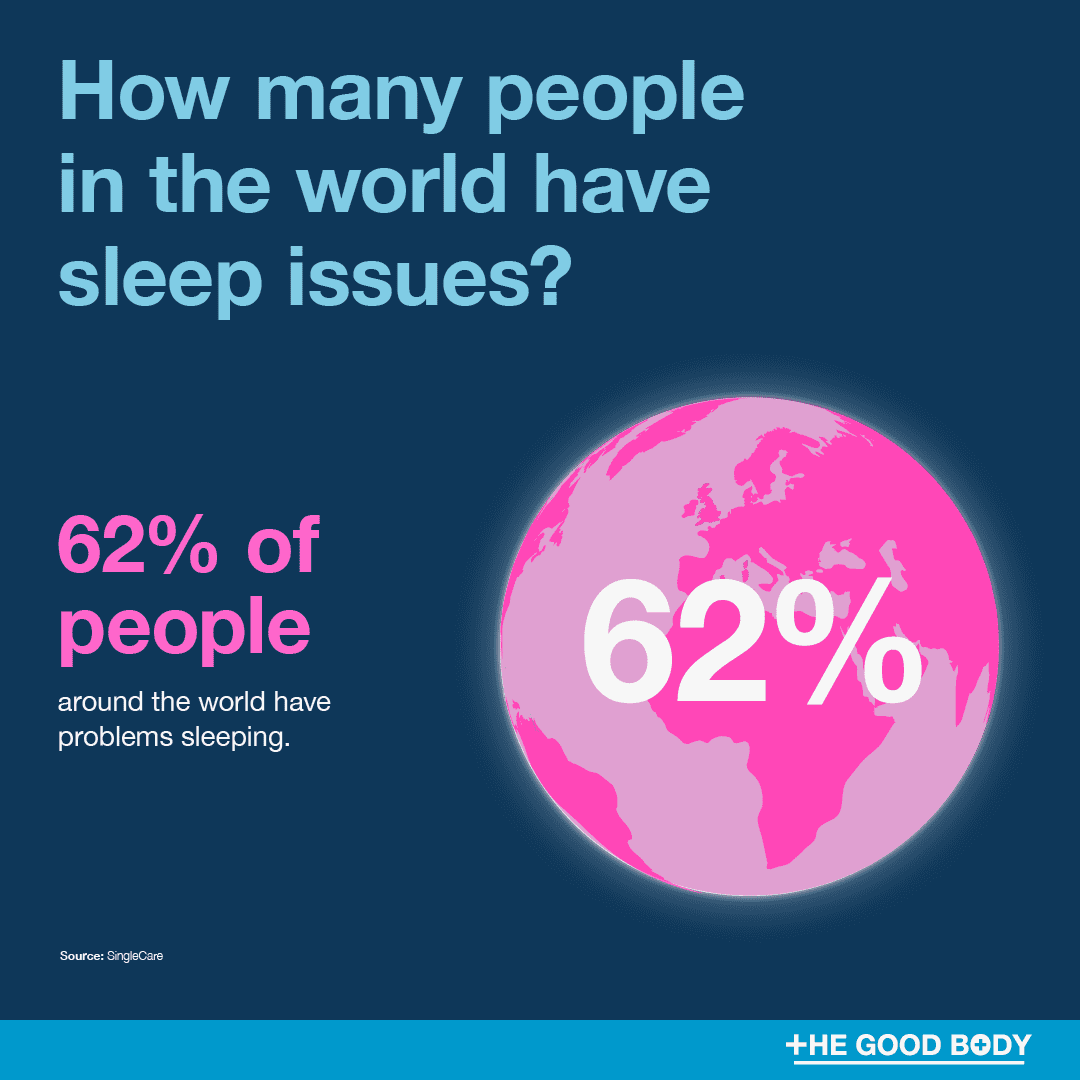
There is good news though! 8 in 10 adults are actively trying to find things to help them sleep.
Which country gets the most sleep?
New Zealand is the country that gets the most sleep.
According to a study, published in Science Advances, collated from smartphone data through an app called Entrain, the countries with the best adult sleep average include:
- New Zealand = 7 hours and 30 minutes
- The Netherlands = 7 hours and 28 minutes
- Finland = 7 hours and 26 minutes
- Great Britain = 7 hours and 24 minutes
- Ireland = 7 hours and 22 minutes
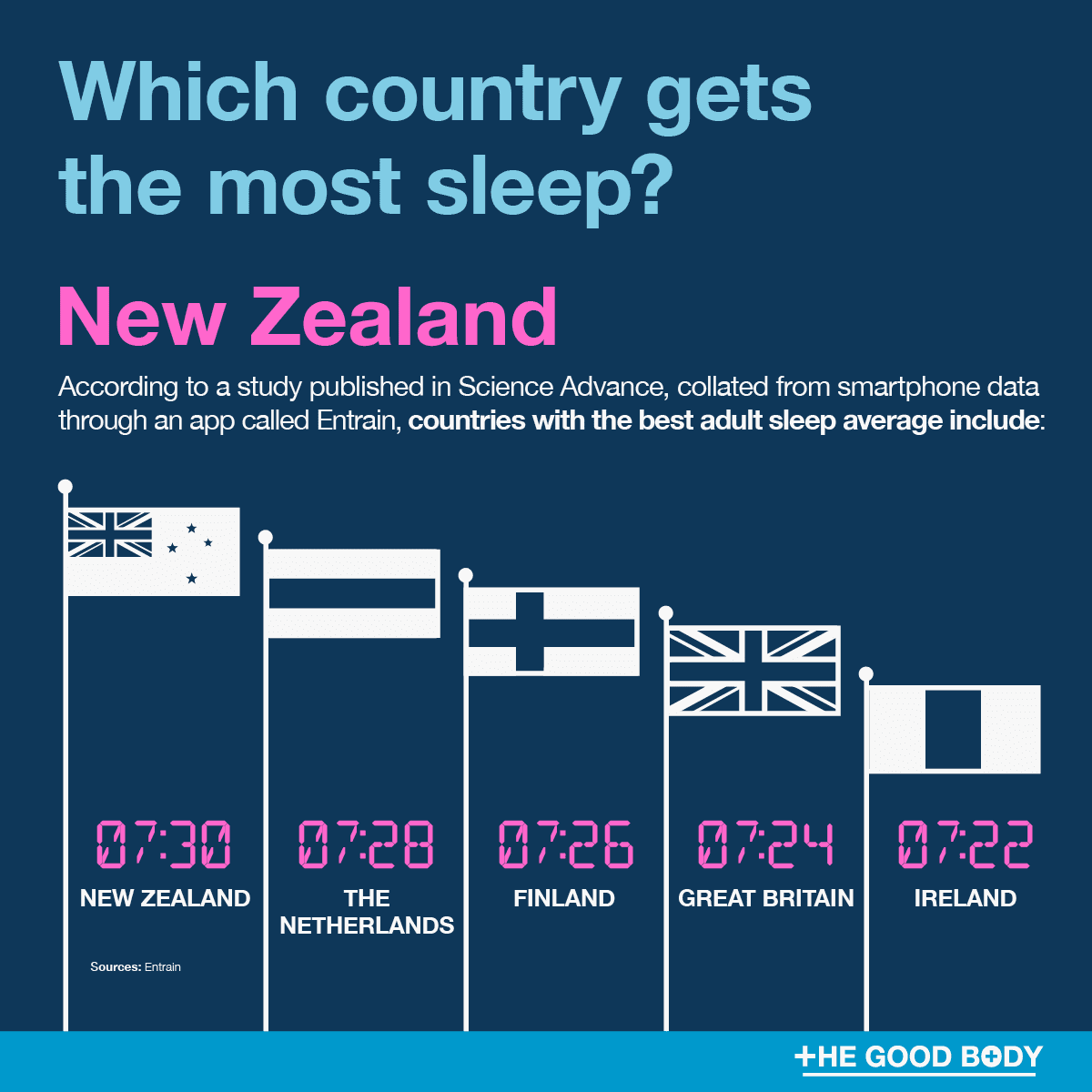
China is the most ‘sleep medicated’ country in the world.[5]
Which country gets the least sleep?
Japan is the most sleep-deprived country in the world.
Collated from smartphone data through an app called Entrain, the countries with the worst adult sleep average include:
- Japan = 5 hours and 59 minutes
- Saudi Arabia = 6 hours and 8 minutes
- Sweden = 6 hours and 10 minutes
- India = 6 hours and 20 minutes
- The Philippines = 6 hours and 22 minutes
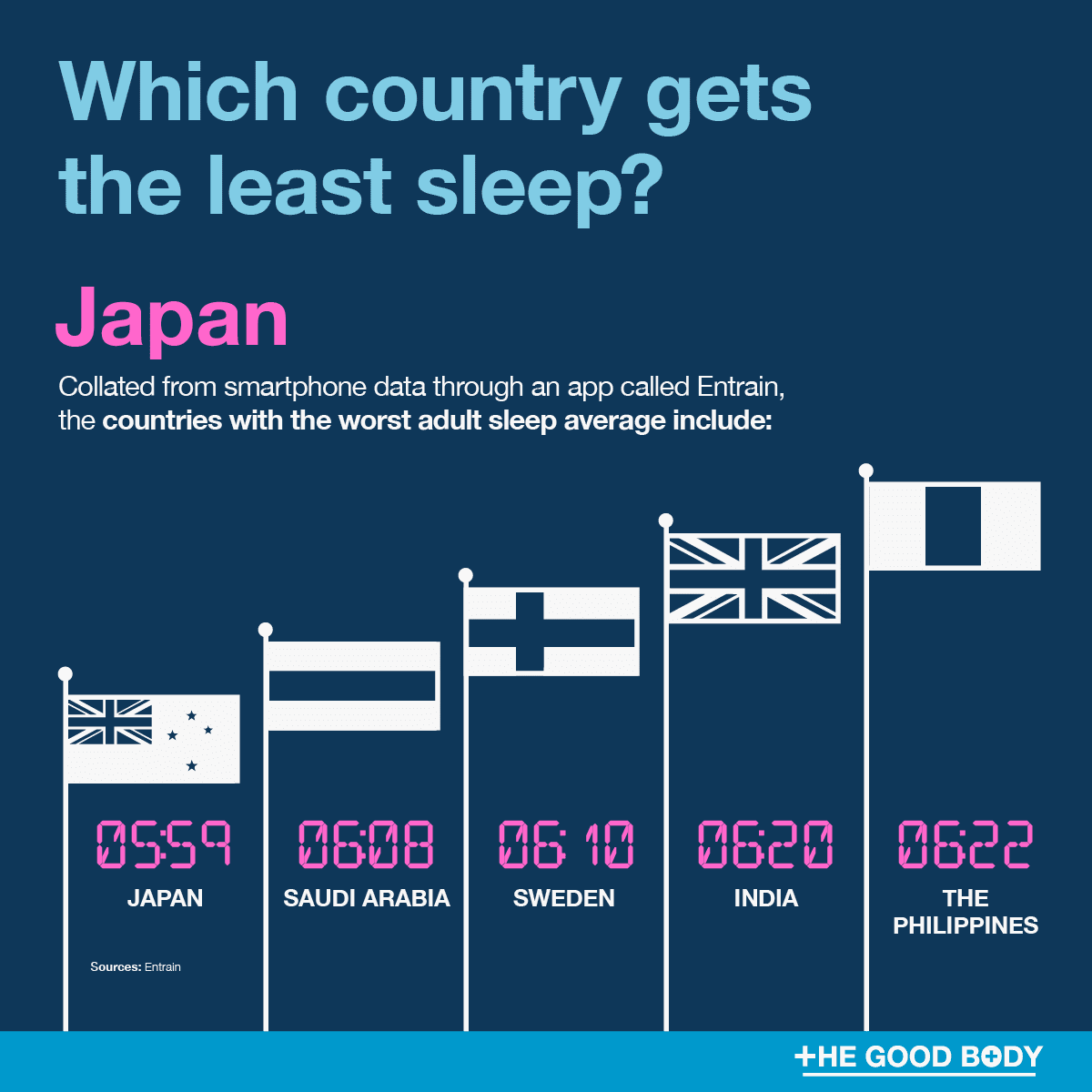
Worldwide Key Sleep Statistics:
- 62% of people worldwide have trouble sleeping.
- New Zealand is the country that gets the most sleep, with the average adult getting 7 hours and 30 minutes sleep each night.
- The people of Japan are getting the least sleep, with the average adult getting just 5 hours and 59 minutes.
Sources: SingleCare | Philips
Sleep Position Statistics
What is the most popular sleeping position?
According to the Better Sleep Council, 47% of adults sleep in the fetal position (when you lie on your side and bring your knees up to your chest) making it the most popular way to sleep.
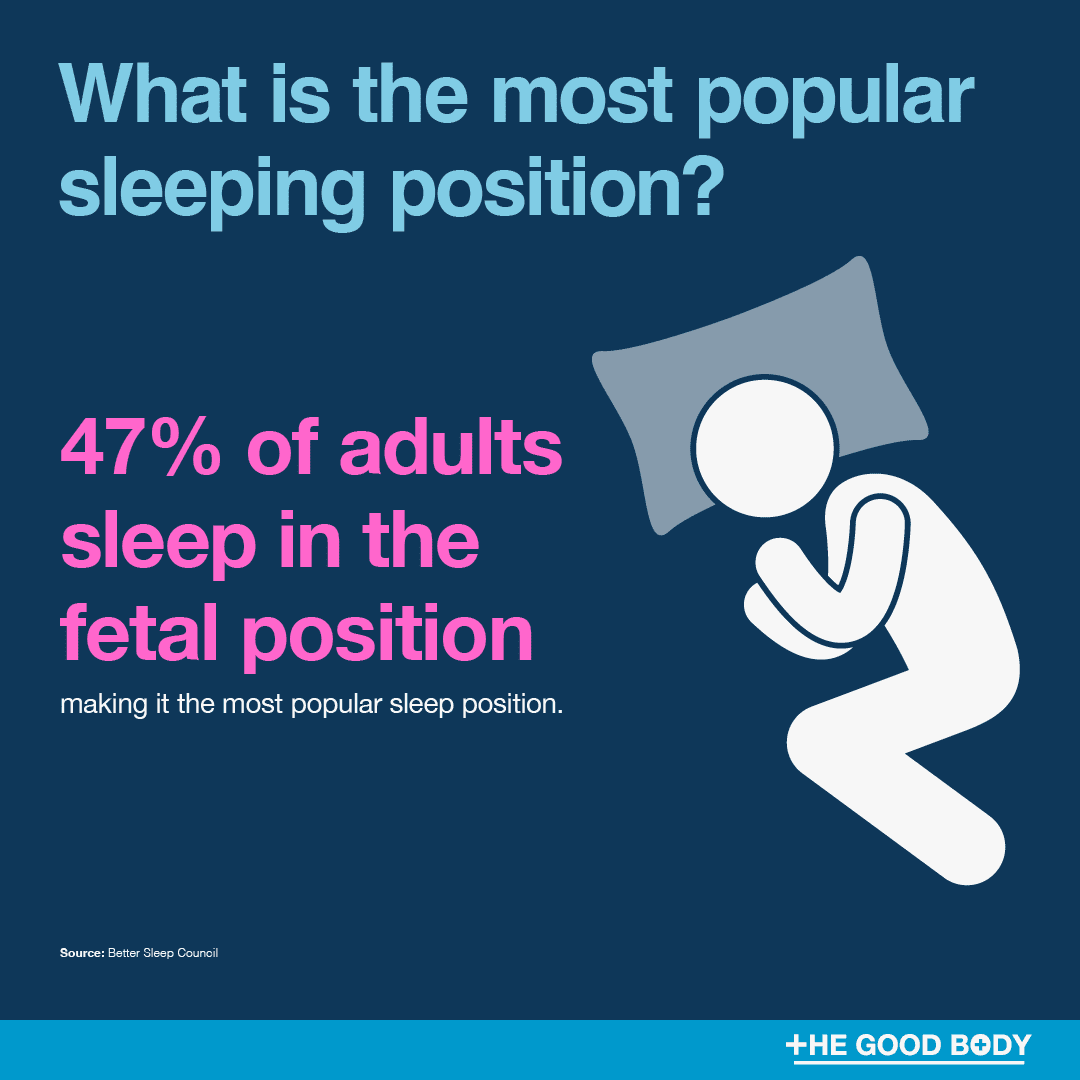
Regular physical exercise can help you sleep better.[6]
What is the least common sleeping position?
Sleeping on your stomach is thought to be the least common sleeping position.
The Sleep Foundation highlight that despite not being common, it offers many health advantages including helping to relieve snoring.
What is the best sleeping position?
Though opinions can differ, it’s generally believed that sleeping on your back is the best and healthiest sleeping position.
That’s because it helps to keep your spine in alignment and reduce strain on your back and joints.
Ditching the bedclothes and sleeping naked has many health benefits.
Sleep Position Key Statistics:
-
- The fetal position is the most popular way to sleep.
- If you sleep on your stomach you’re in the minority, as it’s thought to be the least popular sleeping position.
- Sleeping on your back is believed by many to be the best and healthiest sleeping position.
Sources: The Better Sleep Council | Healthline
Sleep and Technology Statistics
How many people use technology before bed?
According to information published by the Sleep Health Foundation, 90% of teenagers and adults use technology before bed.
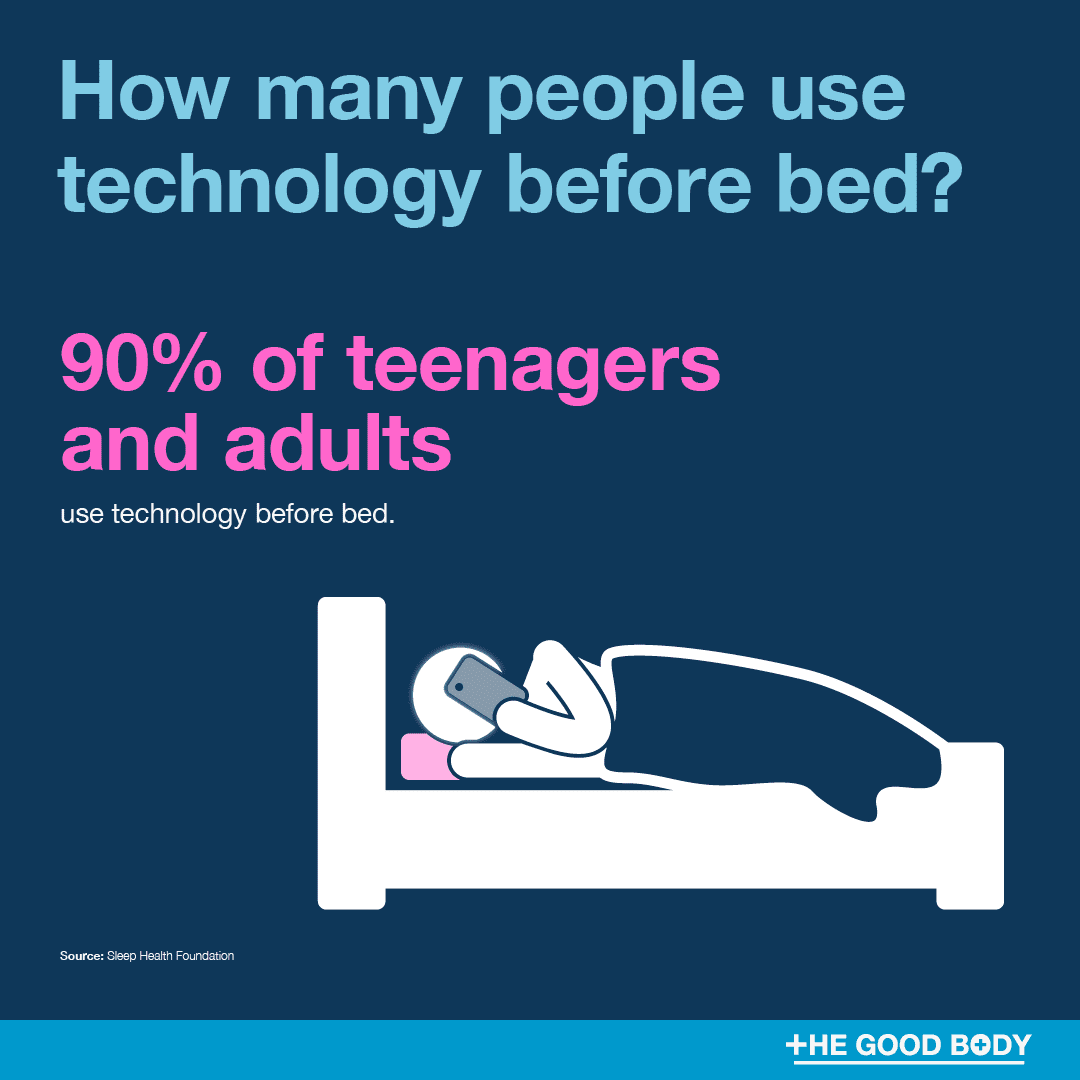
It’s not just bedtime that technology can keep us awake either, 10% of the US population wake multiple times due to activity on their phone.
The National Sleep Foundation’s 2022 Sleep in America Poll discovered that screen use before bed is more prevalent among young people.
This is despite all the advice recommending that technology before bed can interrupt our sleep in a few different ways:
- The blue light emitted by technology inhibits the secretion of the sleep-inducing hormone melatonin, making it harder to fall asleep.
- Scrolling can be stimulating, meaning you’re less relaxed.
- People can become engrossed and stay up beyond their usual bedtime.
How many people with a sleep disorder use technology before bed?
72% of Americans with a sleep disorder report using technology before bed each night.
Here were the most popular activities before bed:
- Watching Television (70.2%)
- Checking Social Media (59.4%)
- Playing Video Games (32.9%)
- Checking Emails (31.8%)
Interestingly though, technology can be a part of the solution as well as the problem!
33.6% of respondents reported switching to a smart bed or mattress to help fix their sleep problems.
Popular sleep gifts such as foot massagers, cooling systems and weighted blankets have also been shown to help.
The streaming service Netflix claims ‘sleep’ is its biggest competition, with users staying awake to binge-watch their favourite series.
How many people use sleep tracking apps?
10% of the US population regularly wear a sleep tracking device, such as a smartwatch.
Though researchers still remain unclear about how accurate they are and whether they can actually improve the quality of our sleep.
Sleep and Technology Key Statistics:
- A huge 9 in 10 teenagers and adults use technology before they go to bed.
- 1 in 10 adults in the US wake multiple times a night due to activity on their phone.
- 72% of Americans with a sleep disorder report using technology before bed each night.
- 10% of the US population regularly wear a sleep tracking device.
Sources: Sleep Health Foundation | Journal of Clinical Sleep Medicine | AJMC | Sleep Review
Fancy a bedtime snack?
If you want to know more about how to get a great night’s sleep, then you need to read our list of 11 foods to help you sleep.
Including a few late night snacks you might want to avoid!
References
- Comondore, VR., Wenner, JB and Ayas, NT. (2008). The impact of sleep deprivation in resident physicians on physician and patient safety: Is it time for a wake-up call? [Online]. BC Medical Journal. Available from: https://bcmj.org/articles/impact-sleep-deprivation-resident-physicians-physician-and-patient-safety-it-time-wake-call [Accessed 15 July 2022]. ↩
- Young, S. (2018). 30% of Americans Want a ‘sleep Divorce’ From Their Partner, Survey Finds [Online]. Independent. Available from: https://www.independent.co.uk/life-style/sleep-divorce-americans-partner-separate-beds-mattress-clarity-study-us-a8275631.html [Accessed 15 July 2022]. ↩
- American Academy of Sleep Medicine (2014). Poor sleep equal to binge drinking, marijuana use in predicting academic problems [Online]. Available from: https://aasm.org/poor-sleep-equal-to-binge-drinking-marijuana-use-in-predicting-academic-problems/ [Accessed 15 July 2022]. ↩
- Young, S. (see footnote 2) ↩
- Loughborough University (2016). The world’s largest-ever online ‘sleep census’ reveals a sleep-deprived planet [Online]. Available from: https://www.lboro.ac.uk/media-centre/press-releases/2016/november/the-worlds-largest-ever-online-sleep-census-reveals-a-sleep-deprived-planet.html [Accessed 15 July 2022]. ↩
- The Good Body (2022). 48 Fitness Facts To Keep You Moving! [Online]. Available from: https://www.thegoodbody.com/fitness-facts/ [Accessed 15 July 2022]. ↩
